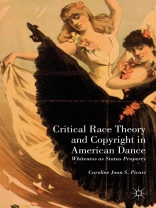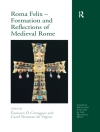The effort to win federal protection for dance in the United States was a racialized and gendered contest. Picart traces the evolution of choreographic works from being federally non-copyrightable to becoming a category potentially copyrightable under the 1976 Copyright Act, specifically examining Loíe Fuller, George Balanchine, and Martha Graham.
Зміст
1. Introduction 2. Comparing Aesthetics of Whiteness and Non-Whiteness in Relation to American Dance 3. Loíe Fuller, ‘Goddess of Light, ‘ and Josephine Baker, ‘Black Venus’: Non-Narrative Choreography as Mere ‘Spectacle’ 4. George Balanchine, ‘Genius of American Dance’: Whiteness, Choreography, Copyrightability in American Dance 5. Martha Graham, ‘Picasso of American Dance, ‘ and Katherine Dunham, ‘Matriarch of Black Dance’: Exoticism and Non-Whiteness in American Dance 6. Moving into New Directions: Cunningham and Ailey 7. Conclusions: Quo Vadis?
Про автора
Caroline Joan (Kay) S. Picart, formerly a tenured associate professor of English and Humanities at Florida State University, is a joint Juris Doctor-MA Candidate (WST) at the University of Florida Levin College of Law and an adjunct professor of Humanities at Santa Fe College.












